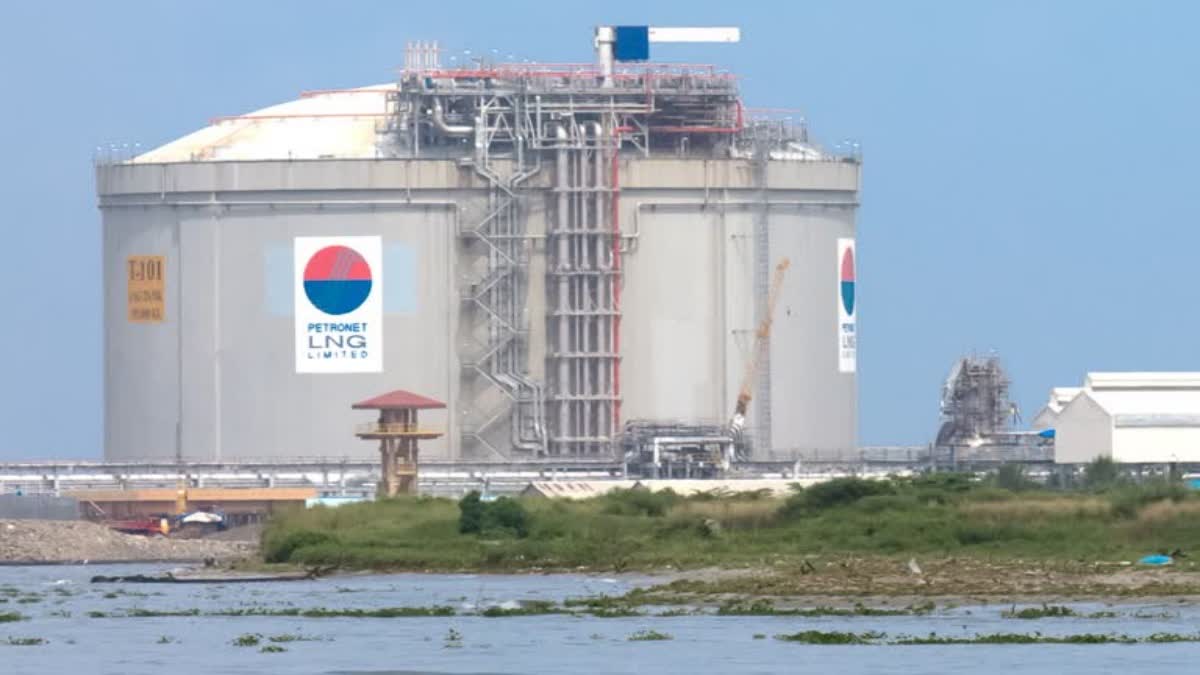New Delhi: India’s ambition to decarbonise road freight transport and transition towards cleaner energy alternatives received new momentum with the Petroleum and Natural Gas Regulatory Board (PNGRB) forecasting that the number of liquefied natural gas (LNG)-powered trucks can grow from only 700 today to a possible 5 lakh by 2040. Should this happen, LNG trucks will be positioned as the ”most preferred” fuel in the post-2030 era for long-haul heavy-duty trucking, replacing diesel for one-third of the national fleet.
The forecast and the associated energy transition are outlined in the long-term, or 2030 and by 2040, natural gas demand outlook in India, published by the PNGRB, which highlights the enabling global trends, expanding LNG infrastructure, and supportive domestic policies, as the underpinning reasons for these radical claims.
“LNG is likely to emerge as the preferred transportation fuel post 2030. LNG as a long-haul transportation fuel could be a game changer, with the potential to emulate China’s success in reducing diesel dependency,” it read.
India’s LNG Fleet vs China: A Long Road to Travel
Currently, the LNG trucking ecosystem in India is underdeveloped with only a handful of, 20, filling stations and commercially-used fleet at quite limited levels. China, on the other hand, operates > 7.25 lakh LNG trucks, with more than 6,000 refuelling stations supporting, up to 48 million standard cubic meters per day (MSCMD) of LNG consumption. Even so, India is optimistic about catching up as global supply for LNG is likely to improve, post-2027, providing opportunities for India to secure long-term contracts at competitive rates.
According to PNGRB, LNG prices below $9 per million British thermal units (mBtu) on a Delivered Ex-Ship (DES) basis could make the fuel an economically attractive alternative to diesel.
Green Push for Heavy Vehicles
Diesel-fuelled heavy-duty transport currently carries 65–70% of India’s freight and contributes 35–40% of total road transport emissions. By replacing diesel with LNG, the country hopes to significantly reduce emissions in the logistics sector while also cutting fuel costs.
The Ministry of Petroleum & Natural Gas (MoPNG) has already mandated the establishment of 50 LNG stations, with a broader target of 1,000 filling stations along national highways and industrial corridors. Additionally, incentives such as toll exemptions, domestic gas allocations, and dedicated OEM manufacturing lines are being recommended to build a conducive ecosystem.
Two Growth Scenarios for 2040
The report outlines two scenarios:
Good to Go (GtG): Assumes moderate growth under current policy frameworks.
Good to Best (GtB): Envisions accelerated progress supported by stronger policy actions and investments.
Under the GtG scenario, LNG truck numbers could reach 30,000 by 2030 and 2 lakh by 2040. The GtB scenario is more ambitious, projecting 50,000 trucks by 2030 and a massive 5 lakh by 2040.
Natural Gas Demand: A Doubling by 2040
India’s overall natural gas (NG) demand is expected to rise from 187 MSCMD in 2023-24 to 297 MSCMD by 2030 under the GtG scenario, and to 495 MSCMD by 2040. Under the GtB scenario, demand could jump even higher—to 365 MSCMD by 2030 and 630 MSCMD by 2040.
A key driver of this increase will be city gas distribution (CGD), which is projected to account for 29% of total NG consumption in 2030 and 44% by 2040, supplying both vehicles and residential households.
In addition, natural gas usage in refineries and petrochemical plants is expected to nearly double to 43.3 MSCMD by 2030, thanks to growing petrochemical integration. Meanwhile, growth in gas-based power generation and fertiliser usage will likely remain moderate.
Strategic Advantage and Environmental Impact
The PNGRB report highlights that India’s move to LNG and natural gas not only aligns with decarbonisation goals but also presents a strategic opportunity to secure energy at better prices in the coming years.
By diversifying away from diesel and coal, India can improve energy security, reduce greenhouse gas emissions, and lower logistics costs in the long term. If realised, the ambitious LNG trucking plan could play a pivotal role in transforming India’s freight ecosystem by 2040.
